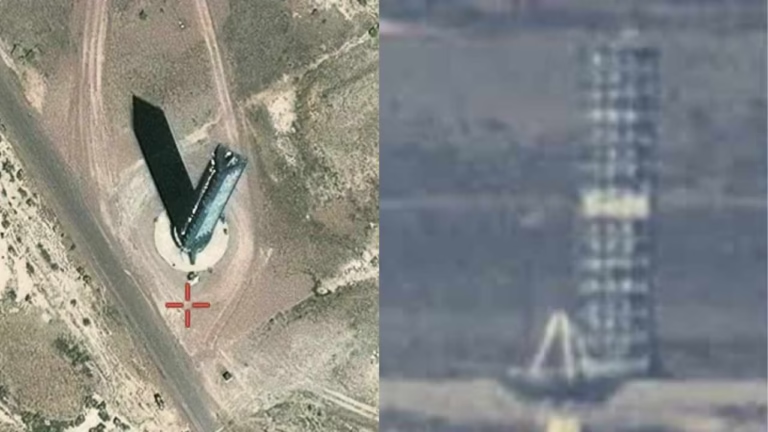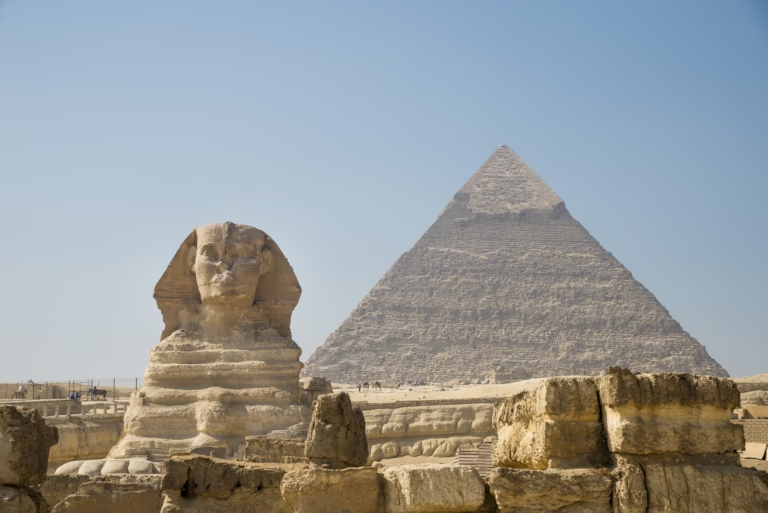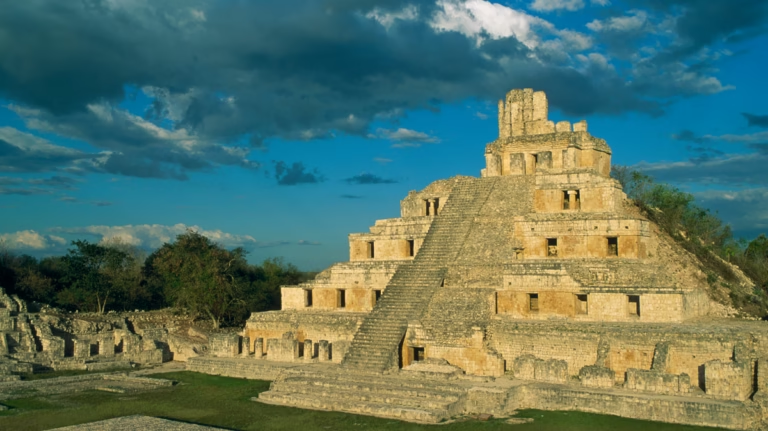Archaeologists Plan to Dig Up Noah’s Ark After Shocking 5,000 Years Old Discovery!

A team of archaeologists in Turkey believes they might be closer than ever to solving one of history’s greatest mysteries: the final resting place of Noah’s Ark. After a recent 5,000-year-old discovery at a site known as the Durupinar formation, scientists are now preparing to dig and potentially uncover what could be one of the most groundbreaking finds of all time.

The Biblical Backstory
According to the Bible, Noah’s Ark was a massive wooden ship built to survive a divine flood sent by God. The Archaeologists vessel was said to carry two of every animal species along with Noah’s family. After the floodwaters receded, the Ark supposedly came to rest on the mountains of Ararat a region located in modern-day eastern Turkey.
For years, people have speculated about the Ark’s whereabouts, but nothing has been confirmed. Now, this new discovery may finally turn speculation into fact.
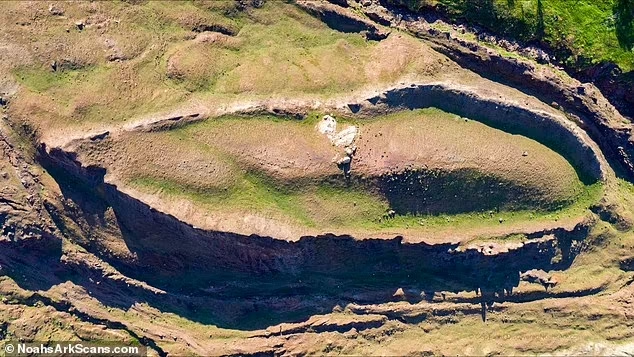
What Is the Durupinar Formation?
The Archaeologists Durupinar formation is a 538-foot-long geological structure nestled in the mountains of eastern Turkey. Interestingly, its dimensions closely match those of the Ark as described in the Bible. That alone has had scientists and believers intrigued for decades.
But the latest findings may be the strongest evidence yet.
The Game-Changing Discovery
Researchers recently collected rock and soil samples from the site, and what they found has everyone talking. Tests revealed traces of:
- Clay-like materials
- Marine deposits
- Seafood remains, including molluscs
Considering the area is located high in the mountains, the presence of these materials has raised eyebrows. According to scientists, this could indicate that the area was once underwater, and possibly the resting place of a massive wooden structure.
Dr. Andrew Jones, one of the lead researchers, told The Sun, “The site lies in an active earth flow with harsh winters, so protecting it is our top priority. But we believe we’re on the verge of something huge.”
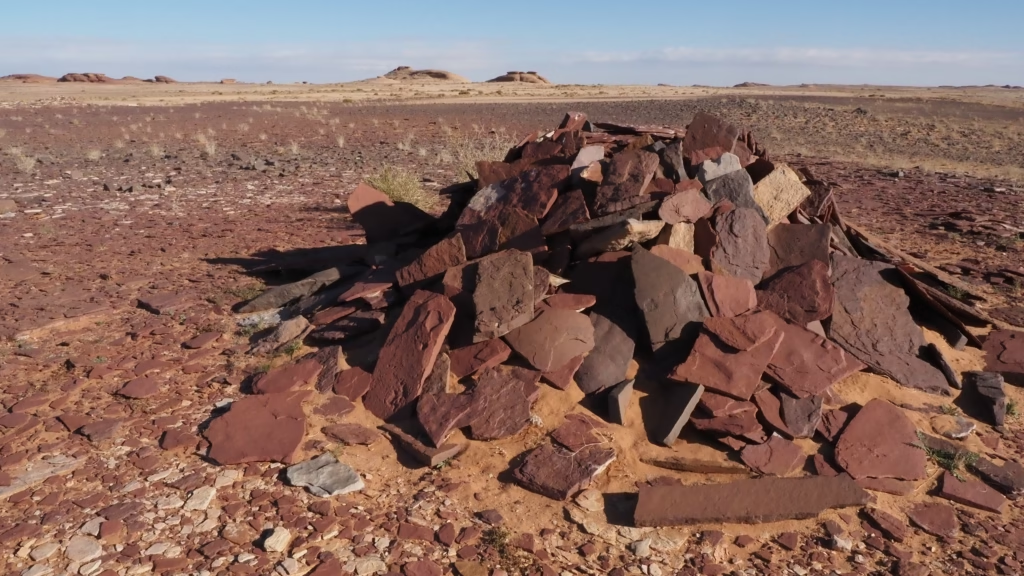
So, What’s Next?
While the idea of simply grabbing a shovel and digging into the mountain might sound exciting, the researchers are taking a more cautious approach.
Before excavation begins, the team plans to carry out:
- Non-destructive tests
- Soil sampling
- Ground-penetrating radar scans
- Geophysical surveys
- Core drilling
They want to be sure they’re not disturbing a natural rock formation and to develop a proper preservation plan if the Ark is indeed buried there.
Archaeologists “We’re being extremely careful,” Dr. Jones explained. “We need to gather enough evidence before making any drastic decisions.”
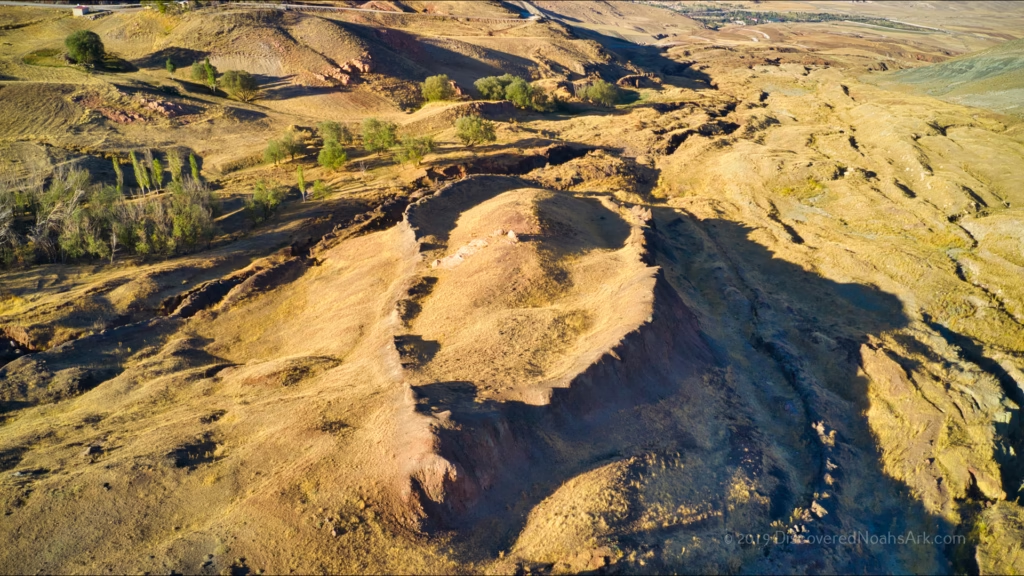
More Clues Pointing to the Ark
Archaeologists Interestingly, this isn’t the first time the Durupinar site has raised eyebrows. Radar scans from 2019 showed rectangular shapes beneath the surface shapes that might match the layout of a man-made vessel.
The latest soil test results also showed:
- Lower pH
- Higher organic material
- Elevated potassium levels
All of these are consistent with rotting wood, leading researchers to believe there could be ancient wooden remains just beneath the surface.
A Long-Awaited Discovery?
If excavation eventually confirms the presence of Noah’s Ark, it would be a historic moment for archaeology, religion, and science alike.
But for now, the Archaeologists team is focused on doing things the right way slowly, carefully, and with the world watching.
As scientists continue to explore the mountain, the question remains: Could we finally be close to proving that Noah’s Ark was real all along?

